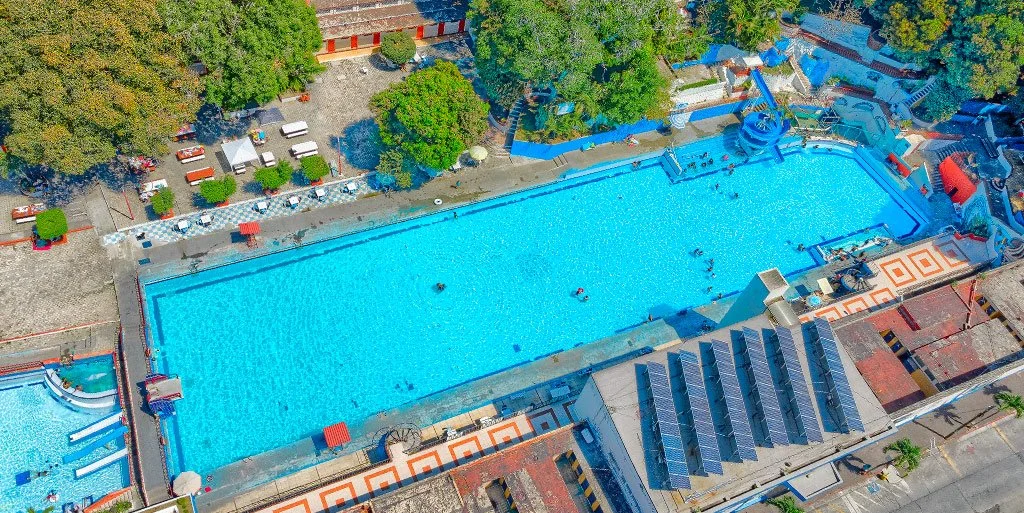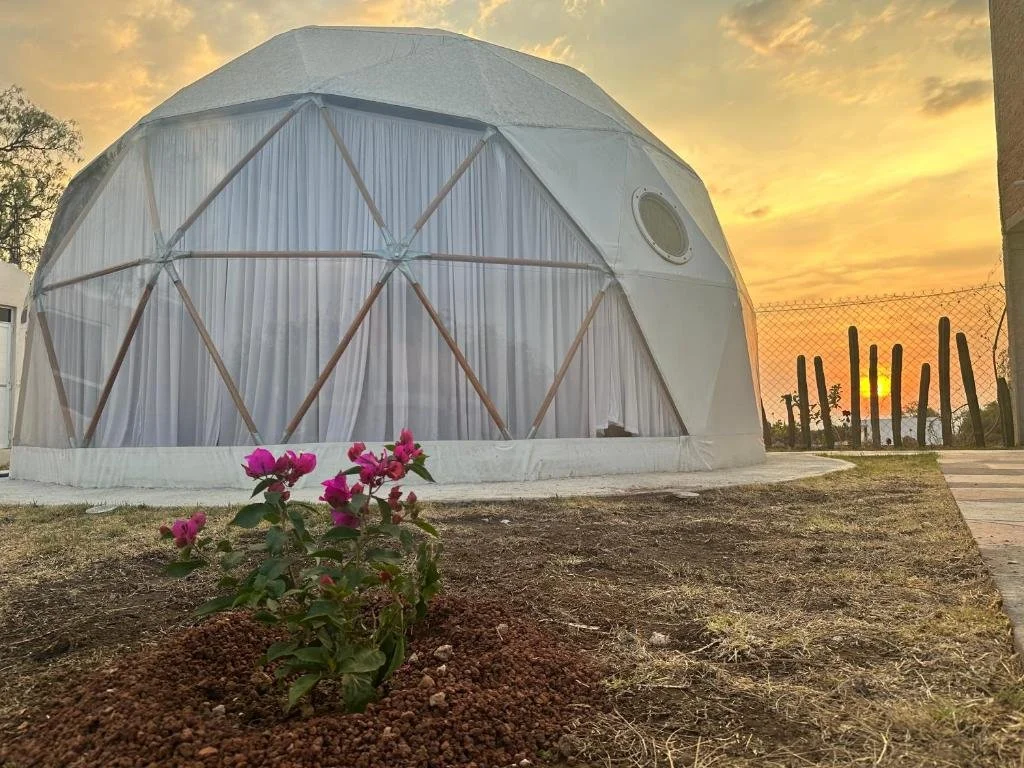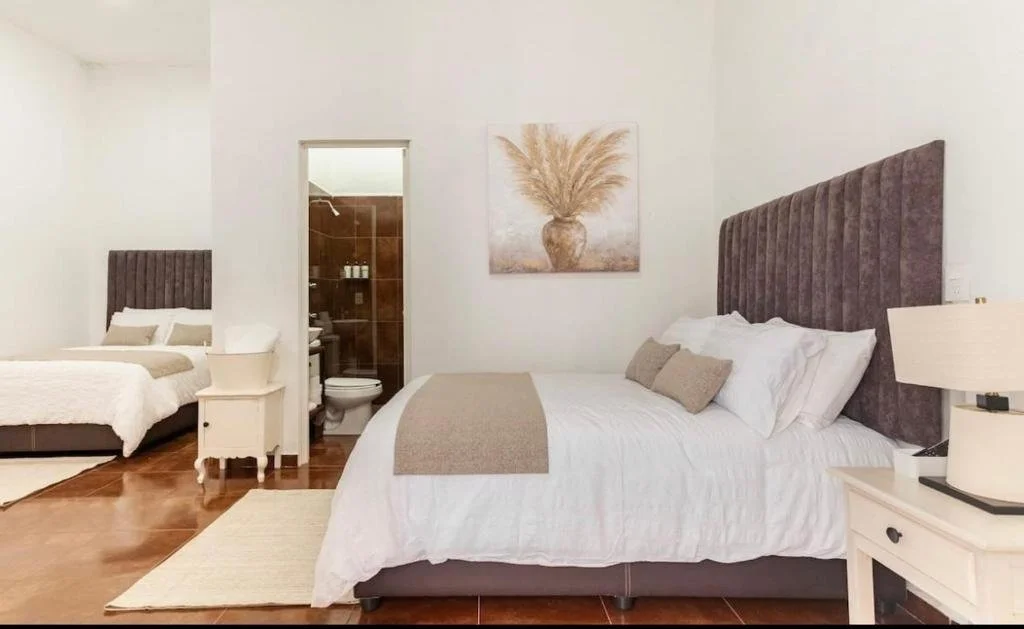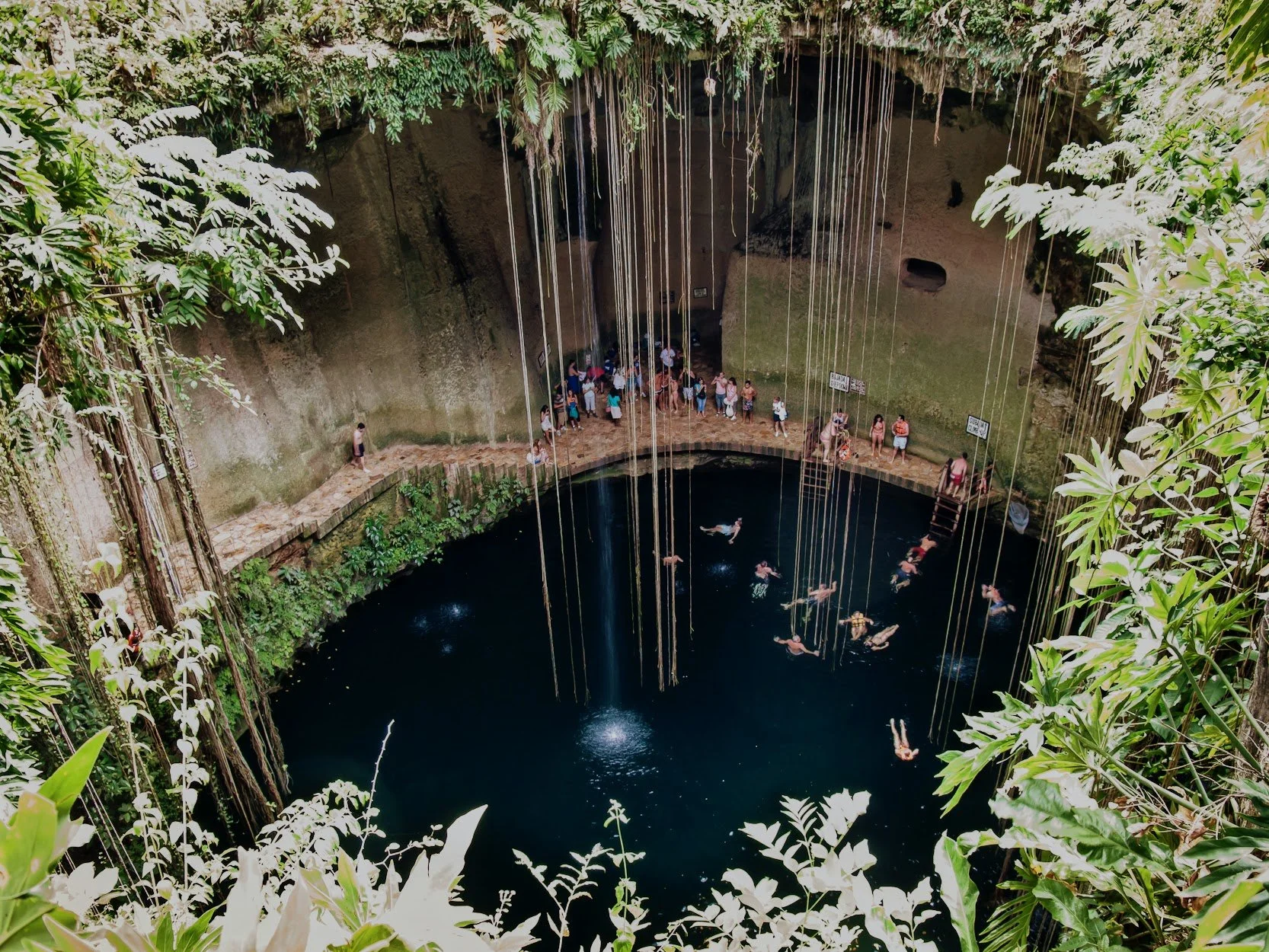5 of Mexico's Best Hot Springs
Beyond tacos and tequila, Mexico hides a treasure trove of steaming secrets: natural hot springs nestled amidst breathtaking landscapes, whispering ancient tales of healing and rejuvenation.
The tradition of utilizing hot springs in Mexico dates back millennia. Indigenous cultures like the Aztecs and Mayans considered them sacred, believing they possessed healing powers and served as portals to the spirit world. Spanish conquistadors, captivated by these geothermal wonders, built bathhouses and resorts around them, some of which still stand today, testament to the enduring allure of these natural treasures.
From volcanic peaks to Mayan ruins, these geothermal havens offer a unique blend of cultural immersion, physical pampering, and soul-stirring beauty. If you are into mythology, you’ll want to visit Tepoztlán to learn more about the Quetzalcoatl.
The Mayan and Incan civilizations both utilized natural hot springs for their perceived healing properties, a practice that continued through the colonial period. The Maya relied on cenotes and temazcals for purification and ceremony while the Inca engineered advanced water systems for sacred and practical bathing, with hot springs and ceremonial fountains.
When to Visit Mexico’s Hot Springs
Each season offers its own unique charm at Mexico's natural hot springs:
Spring and Fall (March-May & September-November): Enjoy pleasant temperatures, vibrant landscapes, and fewer crowds. Ideal for a relaxing soak and exploring the surrounding nature.
Summer (June-August): Escape the heat with a cool dip in some springs, especially near waterfalls. Be prepared for larger crowds, especially on weekends.
Winter (December-February): Experience the magic of snow-capped mountains and soak in the warmth of the springs. Some springs may have limited hours or be closed during this season.
Health Benefits of Mexico’s Hot Springs
Mexico's natural hot springs are as diverse in their mineral content as they are in their settings. Here's a glimpse into the magic of their waters:
Sulfur: Found in springs like Agua Hedionda and Las Grutas de Tolantongo, sulfur is known for its anti-inflammatory properties and can be beneficial for skin conditions.
Magnesium: This "relaxation mineral" present in springs like Hierve el Agua and Tecozautla can ease muscle tension and promote stress relief.
Silica: The smooth, silky feeling of some springs like Grutas de Xibalba comes from silica, which is beneficial for skin health and hair growth.
Calcium: Trace amounts of calcium in springs like Balneario Agua Hedionda can be beneficial for bone health and muscle function.
Lithium: Some springs, like those in Oaxaca, contain trace amounts of lithium, which has potential mood-stabilizing and stress-reducing properties.
Hierve el Agua
Witness a surreal landscape of petrified waterfalls transformed into natural pools, cascading down a mountainside. Visit the calcified waterfalls and spring-fed mineral water pools outside of the city of Oaxaca de Juárez.
Hierve el Agua means “Boil the Water.” Don’t let the name fool you, though: This refers to the oxygenated spring water that naturally bubbles up out of the ground from an aquifer — not the temperature of the pools, which is around 72-81°.
There are two petrified waterfalls at Hierve el Agua. Rising up from near-vertical cliffs, there’s the 98-foot, nine-story-high Cascada Grande and the smaller 39-foot, four-story-high Cascada Chica.
Because the pools are full of mineral-rich deposits of calcium carbonate, magnesium and sulfur, they have a yellowish hue.
Soak in the warm waters and admire the breathtaking panoramas that inspired ancient Zapotec rituals. Be advised that you’ll be exposed to direct sunlight since there really isn’t any shade on the plateau. Also, be sure to stay hydrated; at 5,000 feet above sea level, it’s one of the highest elevation points in Oaxaca state, and your body loses water through respiration at high altitude twice as fast as it does at sea level.
Las Grutas de Tolantongo
Discover a hidden canyon kingdom of cascading waterfalls and thermal caves in this wonderland. Explore secret pools beneath the earth, swim in open-air springs, and revel in the natural steam rooms.
The Tolantongo hot springs flow from the volcanic mountains into a cave and turquoise river that is simply breathtaking.
The cave is located at the back of the canyon and accessed via a paved walkway. As you walk to the entrance, a light trickle of cold water falls down from the waterfall above. Inside the cave you’ll find hot thermal waters and a powerful waterfall flowing through the center. Since it’s close to the source of the hot springs, the cave is also where you’ll find the hottest water in Tolantongo.
Note as of 2025, the cost to enter is 230 MXN and they only accept cash. The closest gas station is 15 minutes away. They don’t allow alcohol or pets so plan accordingly.
You can camp onsite next to the hot springs. but be careful in July and August as the river floods. No need to drag your tent on the plane, you can rent one here. You can stay a few miles away if you want more luxury lodging in one of many cabanas near the springs.
When you are done in the springs, you can enjoy a zipline through the mountains there.
Balneario Agua Hedionda
Don't be fooled by the name ("Stinky Water")! This historic spa, frequented by Emperor Maximilian, boasts mineral-rich pools known for their therapeutic properties. The sulfur vapors are very strong under the “falls” so be careful.
The waters originate from the melting snows of the Popocatepetl and Ixtaccihuatl volcanoes in the city of Cuautla about 60 miles south of Mexico City.
Agua Hedionda is one of the most popular resort style hot springs that Mexico has to offer with waterfalls, hydropools and water slides. There are 2 large swimming pools, 8 small pools that can be rented for private use, a restaurant, a convenience store, and locked cubicles for the changing of clothes. It is open 365 days a year. The water is slightly warm (about 80-82 F) and the spring's output surpasses 200 gallons per second.
If there’s a group going, you can book a private pool which accommodates up to 15 people and there are also smaller pools and waterfalls to explore.
Stay nearby at Hotel Cascada with a swimming pool with a view, sun terrace, and lush garden.
Mineral Content
Calcium: 521 PPM
Magnesium: 26.1 PPM
Sodium: 72.1 PPM
Chlorides: 98.6 PPM
Sulfates: 1059.6 PPM
Tecozautla
Nestled near colonial villages, Tecozautla offers a blend of geothermal bliss and cultural charm. Soak in private pools surrounded by lush vegetation, indulge in spa treatments, and explore the nearby haciendas and museums.
The area is known for its naturally occurring geysers and mineral-rich waters, with temperatures reaching up to 100°F. Popular destinations include Balneario El Geiser, Balneario La Cruz, and the hot springs found within the water parks
Balneario El Geiser features a large volcanic vent that constantly releases steam, multiple pools with varying temperatures, a zip line, and other amenities like a communal pool, children's areas, and beauty treatments.
Balneario La Cruz is one of the most beautiful spas to visit in Hidalgo. You’ll find family pools, water slides and splash pools, the best option for family fun, plus you’ll be able to relax in the hot springs! If you forgot, there are stores to be able to buy products from your swimsuit, shoes, and life jackets.
If you like glamping stay nearby at Aldea Hualtepec Cactus where you can stay in your own private dome to enjoy a glass of wine while watching the cacti break through the sunset.
If you enjoy more of a luxury stay try Suite Copal where you can enjoy a warm and homey room, expansive shower, and only 30 steps to the center of Tecozautla.
Grutas de Xibalba
Embark on a mystical journey through a network of cenotes and caverns within the Mayan underworld. These hidden springs, shrouded in legend, offer a unique and adventurous soaking experience. These are not hot springs, but their clear blue wters that run deep into the earth cannot be missed. But please remember to leave no trace because these springs have been slowly polluted over time.
The Maya believed that the freshwater sink-holes, or cenotes, dotted across the area were sacred portals to the mythical underworld. They called this hidden world Xibalba, or “Place of Awe.” They are indeed portals to an incredible underground labyrinthine system of rivers. The term “cenote” derives from a word used by the low-land Yucatec Maya, to mean any location with accessible groundwater.
The Mayans believed that one could access this world through the network of cenotes and the depths of the sea. This is the reason why they considered cenotes to be a sacred place. They also had the belief that the trunk of the ceiba trees were nature’s way of communicating between Xibalbá, the Earth, and the heavens above. The roots of this tree reached deep underground, its branches high above it, and the hollow trunk could carry the messages from world to world.
Are you traveling in other parts of Latin America? Take a look at more hot springs in Colombia, Belize, El Salvador, Costa Rica, Carribean, Panama, Honduras, Mexico, Guatemala, and Nicaragua.










